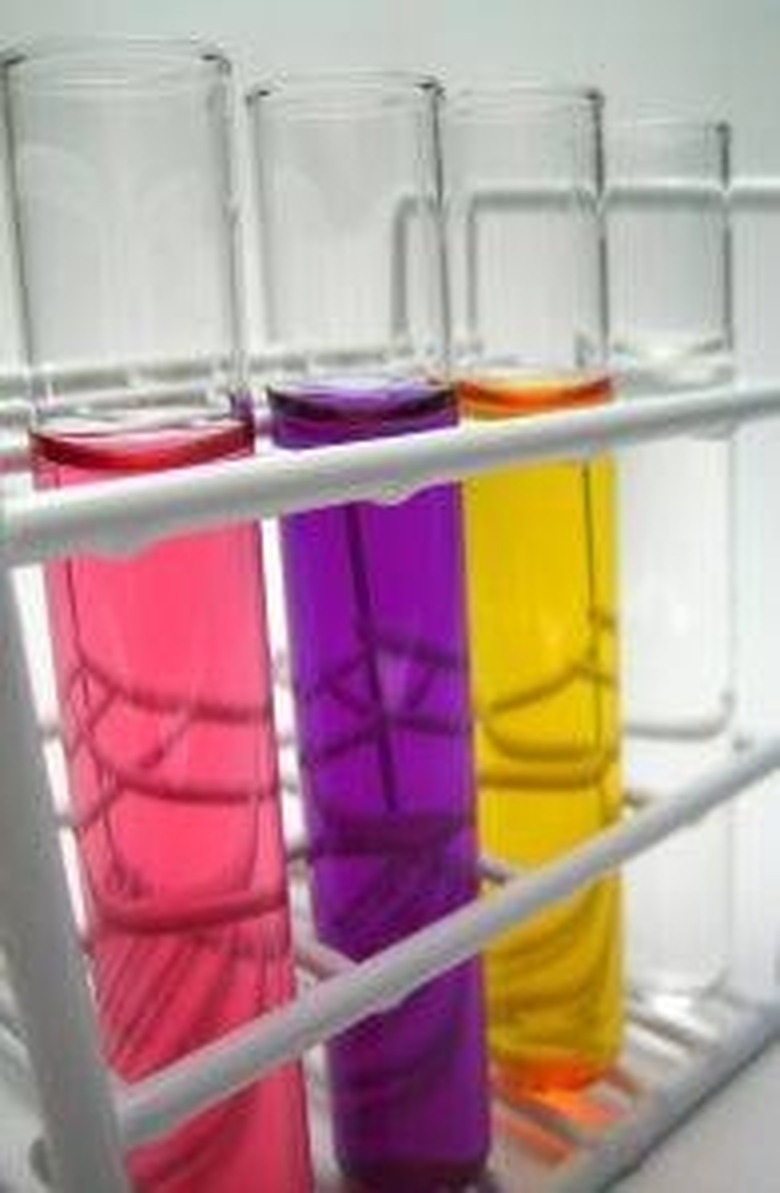What Is The Function Of Litmus Paper?
Litmus paper is a tool used to test whether a substance is an acid or base. When a substance is dissolved in water, the resulting solution causes the litmus paper to change color. The acidity or alkalinity of a solution is determined by the concentration of hydrogen ions, or power of hydrogen, expressed as a pH value. A litmus test provides a quick result but cannot determine the level of acidity or alkalinity of a solution.
Acids and Bases
Acids and Bases
Acids and bases can be defined in multiple ways using different parameters. The 19th century chemist Svante Arrhenius defined acids and bases according to the ions they yield in aqueous solutions. Acids are compounds that yield hydrogen ions (H+) when dissolved in water, and bases yield hydroxide ions (OH-) when dissolved in water. For example, hydrochloric acid (HCl) dissociates in water to form a hydronium ion (H3O+) and chloride ion (Cl-). A base such as ammonia (NH3) dissociates in water to yield an ammonium ion (NH4+) and a hydroxide ion (OH-). In simple terms, acids generally taste sour, like lemon juice, and bases feel slippery, like soap.
pH Scale Basics
pH Scale Basics
pH is a value that expresses the concentration of hydrogen in solution. The pH scale ranges from 0 to 14 and equates to the negative logarithm of hydrogen ion concentration. Pure water is neutral and has a pH of 7. Solutions with a pH lower than 7 are acidic, while solutions with a pH higher than 7 are alkaline, or basic. Lemon juice and stomach acid have pH around 2. Coffee has a pH of about 5. Blood is slightly alkaline, with a pH that stays close to 7.4. Household cleaners bleach and ammonia have pH values of approximately 9 and 12, respectively.
Litmus Paper
Litmus Paper
Litmus paper is one type of acid-base indicator. It is available in red, blue and neutral variations. The paper is imbued with dye derived from lichens that change color in response to the presence of an acid or base. Red paper is used to detect alkaline pH and will turn a shade of blue in the presence of a basic solution. Blue litmus paper is used to test for acids and will turn a shade of red when it comes in contact with an acidic solution. Neutral litmus paper is purple and will change color to red or blue depending on if the solution being tested is acidic or alkaline.
Performing a Litmus Test
Performing a Litmus Test
Litmus paper gives the user a general indication of acidity or alkalinity as it correlates to the shade of red or blue that the paper turns. To test the pH of a substance, dip a strip of litmus paper into the solution or use a dropper or pipette to drip a small amount of solution onto the litmus paper. Blue litmus paper can indicate an acid with a pH between 4 and 5 or lower. Red litmus paper can show a base with a pH greater than 8. If a solution has a pH between 5 and 8, it will show little color change on the litmus paper. A base tested with blue litmus paper will not show any color change, nor will an acid tested with red litmus paper register a change in color.
Limitations of Litmus Paper
Limitations of Litmus Paper
Using a litmus test is a quick and easy way to determine if a solution is acidic or alkaline. Litmus paper is inexpensive, portable and can test acidity and alkalinity using only a small volume of solution. However, it can't provide the actual pH for a substance, other than indicating if the pH is roughly less than 5 or greater than 8. Litmus paper is not useful for testing substances with a pH that is closer to neutral.
Cite This Article
MLA
Mentzer, A.P.. "What Is The Function Of Litmus Paper?" sciencing.com, https://www.sciencing.com/function-litmus-paper-5072700/. 26 November 2018.
APA
Mentzer, A.P.. (2018, November 26). What Is The Function Of Litmus Paper?. sciencing.com. Retrieved from https://www.sciencing.com/function-litmus-paper-5072700/
Chicago
Mentzer, A.P.. What Is The Function Of Litmus Paper? last modified March 24, 2022. https://www.sciencing.com/function-litmus-paper-5072700/
